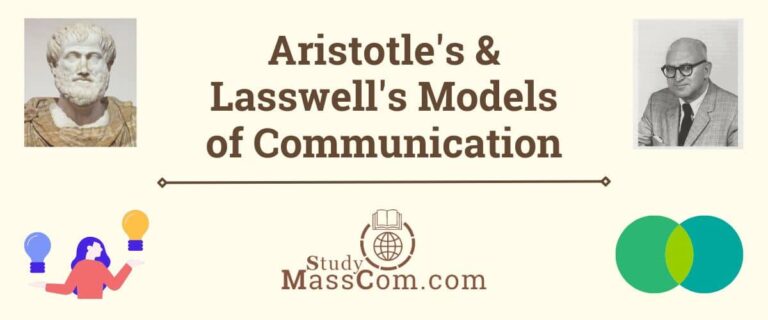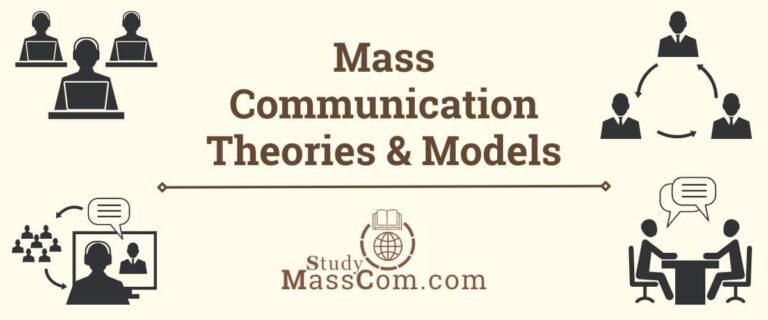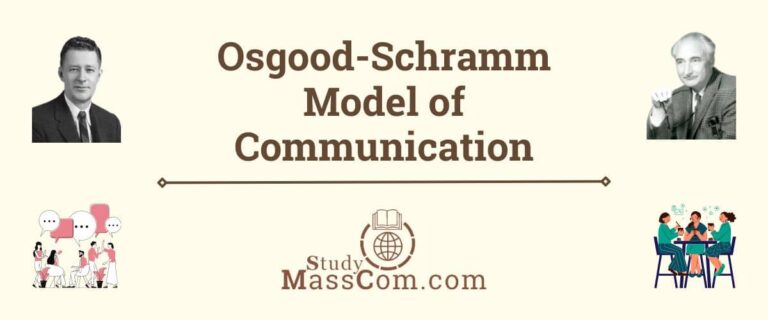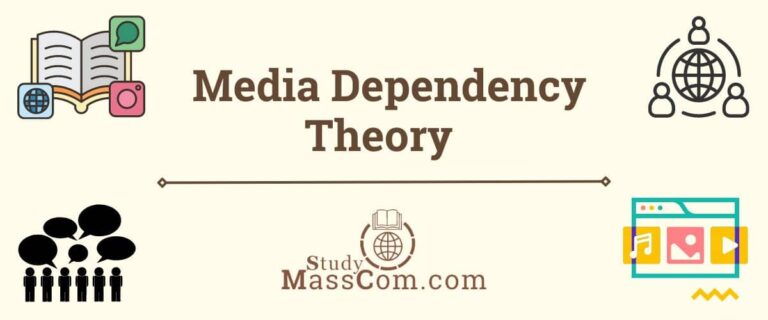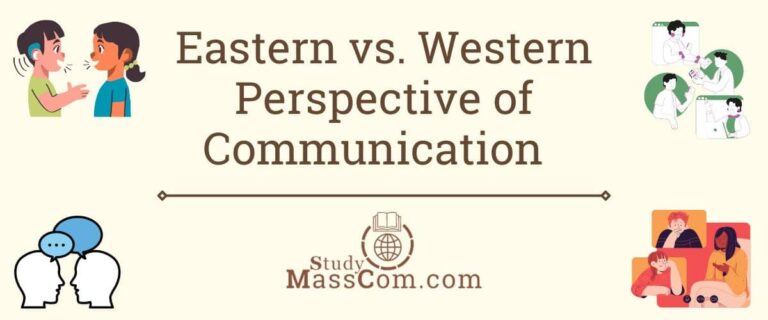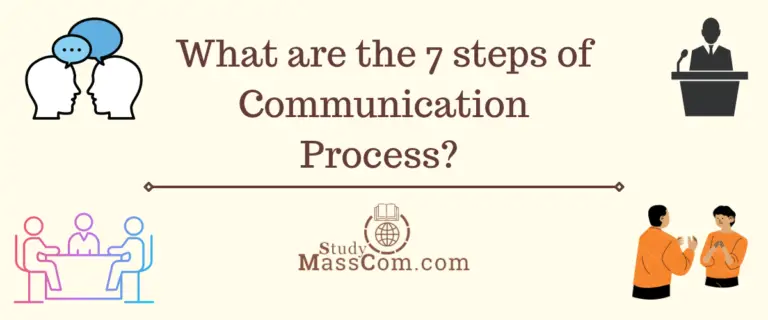Cultivation Theory vs. Agenda-Setting Theory
Cultivation theory and agenda-setting theory are two distinct communication theories used to understand the effects of media on individuals and society. Although they both explore the impact of media on perceptions and attitudes, they focus on different aspects and operate on different premises. Let’s explore the key differences between Cultivation Theory and Agenda-Setting Theory.

Cultivation Theory vs. Agenda-Setting Theory: Key Differences
Definition
Cultivation Theory: This theory, developed by George Gerbner and colleagues, suggests that long-term exposure to media content shapes individuals’ beliefs and perceptions about the world. The theory is mainly concerned with the cumulative and gradual effects of media on the audience’s worldview. It emphasizes the role of television, particularly in shaping attitudes and values.
Agenda-Setting Theory: It was originally proposed by Maxwell McCombs and Donald Shaw, and examines the influence of the media on the importance attributed to certain issues, topics, or themes by the public. It focuses on the role of the media in determining which issues receive greater attention and prominence in public discourse.
Focus and Objectives
Cultivation Theory: The primary focus of cultivation theory is on the long-term effects of media exposure on individuals’ beliefs, attitudes, and perceptions about the world. It aims to understand how repeated exposure to certain media messages gradually shapes the audience’s worldview.
Agenda-Setting Theory: The main focus of agenda-setting theory is on the short-term impact of media content on the importance attributed to specific issues or topics by the public. It explores how the media’s emphasis on certain issues influences the public’s perception of what is significant and what they should be concerned about.
Effects on Audience
Cultivation Theory: This theory posits that heavy exposure to media content, particularly television, leads to a “mainstreaming” effect where individuals from diverse backgrounds develop similar beliefs and attitudes due to their shared exposure to media narratives.
Agenda-Setting Theory: Agenda-setting theory suggests that the media play a role in setting the public agenda by determining which issues receive greater attention and prominence. It influences the salience of issues in public perception, making certain topics more prominent in people’s minds.
Explore the strengths and weaknesses of the Media Dependency Theory.
Time Frame
Cultivation Theory: The effects of cultivation theory are considered to be long-term, accumulated over time through continuous exposure to media messages.
Agenda-Setting Theory: The effects of agenda-setting theory are more immediate and short-term, as they relate to the current media agenda and its impact on the public’s agenda.
Media Content Influence
Cultivation Theory: Cultivation theory primarily focuses on the content of media messages and how they shape perceptions and attitudes.
Agenda-Setting Theory: Agenda-setting theory concentrates on the media’s selection and presentation of news topics and issues, influencing the salience and importance attributed to those topics by the audience.
Read about the Uses and Gratification Theory.
Main Assumptions
Cultivation Theory: The main assumption of cultivation theory is that the media have a cumulative, long-term impact on individuals’ beliefs and worldviews. It also assumes that television is a dominant factor in this cultivation process.
Agenda-Setting Theory: The primary assumption of agenda-setting theory is that the media can influence the public’s agenda by highlighting certain issues and topics, leading the audience to perceive them as more important. Let’s explore some examples to illustrate Cultivation Theory and Agenda-Setting Theory below.
You can also read about the differences between Two-Step Flow Theory and Multi-Step Flow Theory.
Examples of Cultivation Theory
Perception of Crime Rates
Suppose a person watches a significant amount of crime-related television shows, which often depict violent crimes and dangerous situations. Over time, this individual may come to believe that their local neighborhood is more dangerous than it actually is, leading to increased fear and anxiety about crime. Cultivation Theory suggests that the consistent portrayal of crime in media contributes to this belief, even if real crime rates are low.
Political Views
Imagine an individual who regularly watches news programs that present a particular political perspective. Over time, they may start to adopt similar political views and opinions as those presented in the media they consume. Cultivation theory argues that consistent exposure to a specific ideological bias in media content can influence an individual’s political beliefs and attitudes.
Examples of Agenda-Setting Theory
Election Coverage
During a national election, the media extensively covers certain political candidates and issues while giving less attention to others. As a result, the public may prioritize and focus on the highlighted candidates and topics, considering them more significant in the electoral process. This exemplifies the agenda-setting effect, where the media’s emphasis influences what the public perceives as the most critical aspects of the election.
Climate Change Awareness
If the media consistently covers climate change and environmental issues as top news stories, the public is more likely to perceive them as crucial concerns. As a result, people may become more environmentally conscious, demand action from policymakers, and participate in environmental initiatives. In this scenario, the media’s agenda-setting function plays a role in elevating the public’s awareness and concern about climate change.
In both examples, we can see how media content and presentation influence individuals’ perceptions and priorities. In the first set of examples, Cultivation Theory suggests that repeated exposure to certain content can shape an individual’s beliefs and attitudes over time. In the second set of examples, Agenda-Setting Theory highlights how media attention and emphasis on particular topics can influence what the audience considers important and relevant in their daily lives and decision-making.
Conclusion
Cultivation Theory and Agenda-Setting Theory are two prominent communication theories that explore the effects of media on individuals and society, but they have distinct focuses and objectives. Both theories contribute valuable insights into the effects of media on individuals and society. Cultivation theory is concerned with the gradual and cumulative effects of media exposure, while agenda-setting theory focuses on the media’s role in shaping what issues gain prominence in the public’s mind.
FAQs
The main difference between agenda-setting theory and cultivation theory lies in their focus and effects. Agenda-setting theory examines the short-term influence of media on the importance attributed to specific issues, shaping public perception by determining what topics are prominent. On the other hand, cultivation theory centers on the long-term impact of media exposure on individuals’ beliefs and attitudes about the world. It emphasizes the cumulative effect of media messages over time, leading to a shared worldview among heavy viewers. While agenda-setting theory deals with the media’s role in setting the public agenda, cultivation theory is concerned with the media’s role in shaping individuals’ perceptions and attitudes.
The main similarity between agenda-setting theory and cultivation theory is their shared focus on the influence of media content on individuals and society. Both theories recognize the power of the media in shaping perceptions, attitudes, and beliefs. While agenda-setting theory emphasizes the short-term impact of media in influencing what issues gain prominence in public discourse, cultivation theory focuses on the long-term effects of media exposure on individuals’ worldviews and beliefs. Despite their different time frames and objectives, both theories contribute to our understanding of how media messages can influence the way people perceive the world and the issues they consider significant.

